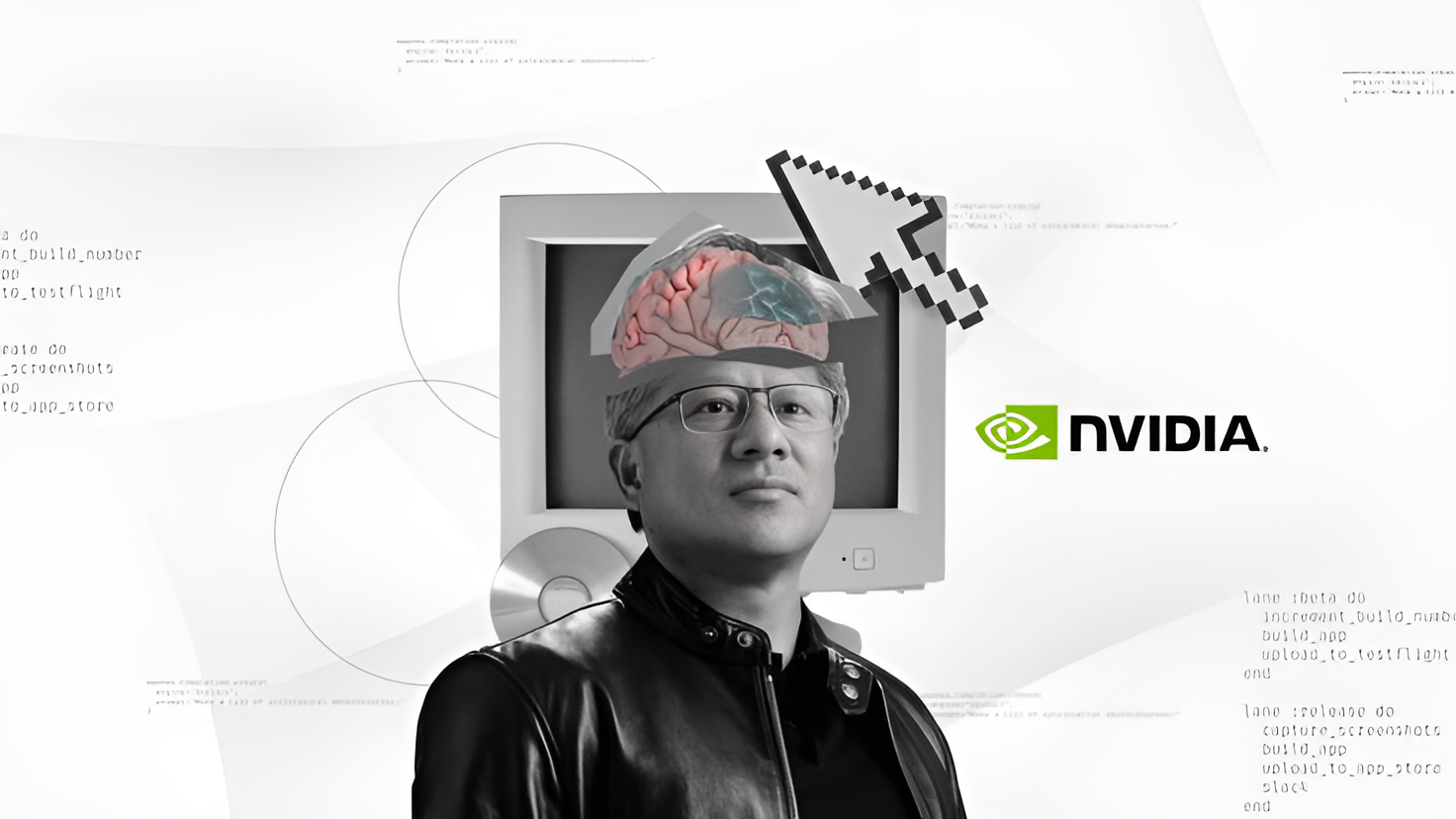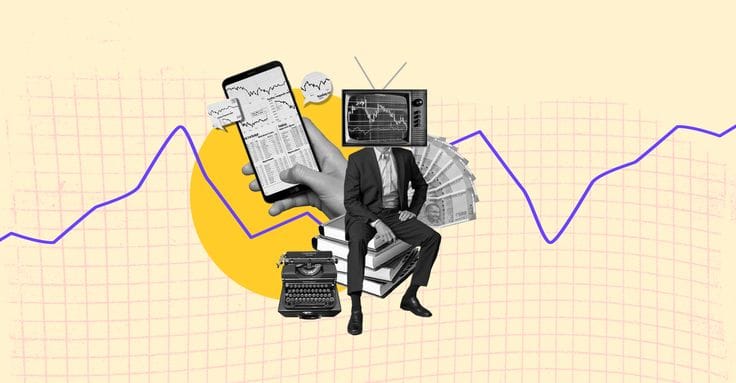A data-backed outlook on job creation and displacement in the decade ahead
Technological transformation is no longer just reshaping industries—it’s redefining the workforce itself. According to projections for the 2025–2030 period, some macrotrends are set to create millions of jobs, while others will lead to significant displacement. The chart above clearly shows the number of jobs created, eliminated, and the net effect for each major trend.
Digital Access: Opportunity or Disruption?
“Broadening digital access” is by far the most impactful trend:
- Expected to create 9.9 million jobs,
- While also displacing 9 million roles.
This illustrates a fundamental truth: increased digital accessibility is both an enabler and a disruptor. It offers immense opportunity—but only to those who adapt to the new landscape.
Artificial Intelligence: Creating Jobs, Transforming Many More
“AI and information processing technologies” will be one of the most transformative forces by 2030:
- 11 million new jobs are projected,
- Alongside the displacement of 9 million existing roles.
In short: this is a field of enormous potential, but one that demands upskilling.
For roles based on repetition or routine decision-making, AI presents a direct threat.
For those capable of building, managing, or leveraging intelligent systems, it’s a clear path to career growth.
Robotics: The Largest Net Job Displacer
At the lower end of the chart, one trend stands out:
“Robots and autonomous systems.”
- Expected to eliminate 4.8 million jobs,
- With very limited job creation in return.
This makes robotics the single most negative net impact trend. Industries like manufacturing, logistics, and support services will feel the brunt of this shift.
Positive Drivers: Sustainability and Demographics
It’s not all about tech.
- Investments in climate adaptation (5.5M jobs),
- Growing working-age populations (9.1M jobs),
- And focus on labor and social issues (5.2M jobs)
are among the strongest drivers of positive job creation.
These findings suggest that the future belongs not only to coders and AI specialists—but also to professionals in sustainability, social policy, and caregiving sectors.
Conclusion: The Age of Winners and Losers Has Arrived
This chart makes one thing clear:
- Technology will create jobs, but it will simultaneously transform or eliminate many others.
- Workforce planning is no longer just about recruitment—it’s about upskilling, redeployment, and adaptability.
- For employers, the priority must be to invest in talent that can evolve with change—not get left behind by it.
As we approach 2030, the gap between those leading the transformation and those being left behind is already forming.






















Discussion